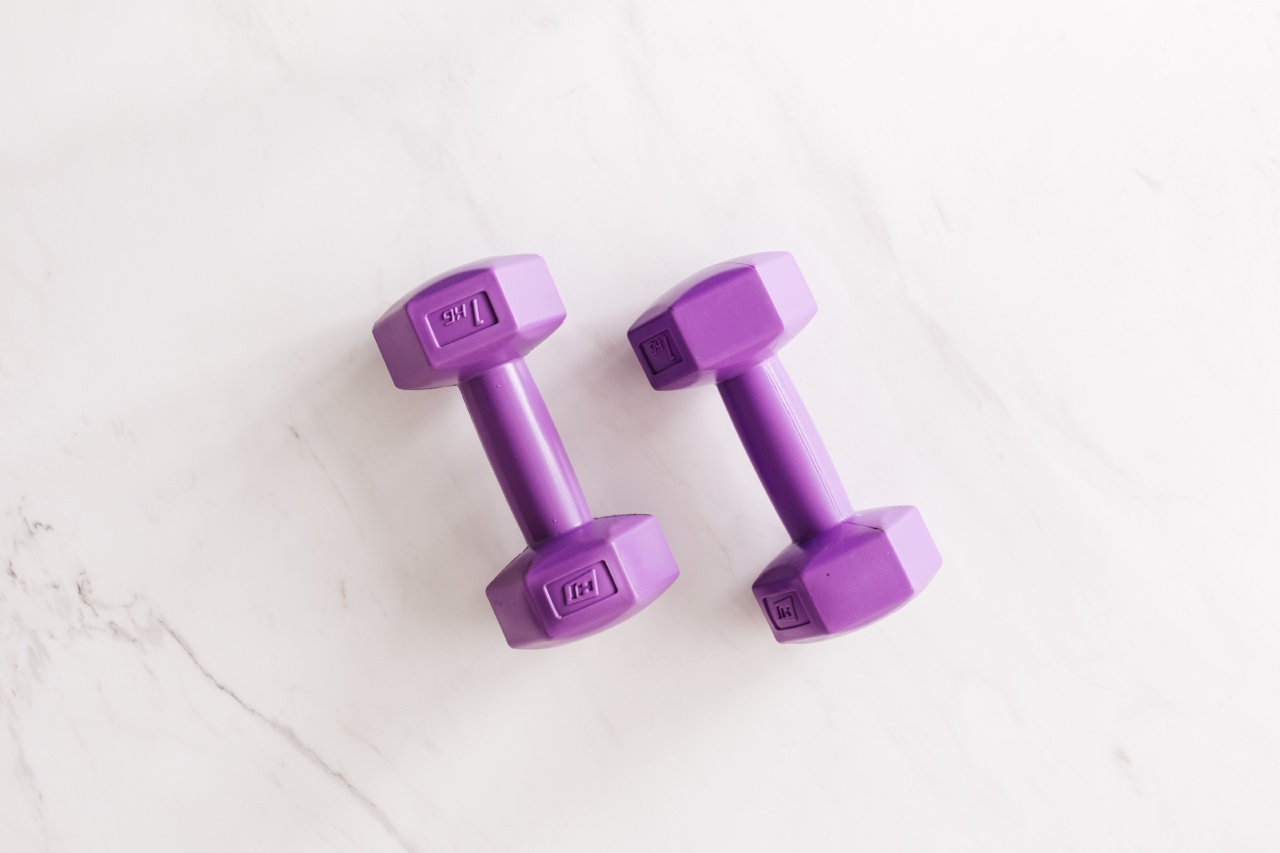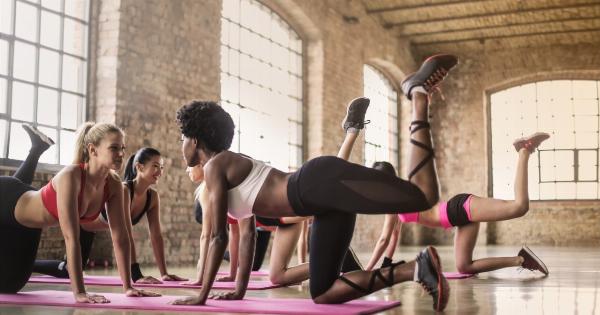Weightlifting can be a thrilling sport, and many people who enjoy it have seen incredible results from pushing themselves to their limits. However, heavy lifting can also be quite dangerous if proper precautions are not taken.
Among the risks associated with lifting weights, one that should not be ignored is the risk to your waist.
This article will highlight the top ways to safeguard your waist during heavy lifting. Following these tips will help reduce the risk of injury and keep you safe while pursuing your weightlifting goals.
1. Wear the Right Belt
You have probably seen many weightlifters wearing a belt while lifting weights. If you wonder why they do so, the reason is that it offers a great deal of support to the waist and helps keep it safe from any unnecessary pressure and strain.
If you are going to lift heavy weights, you should wear a weightlifting belt that fits you properly.
It is essential to get the right type of belt that could serve its safety purpose for you. Some belts are made of leather, which is a traditional option, while some are made of materials like nylon or neoprene.
Weightlifting belts also come in different thicknesses, widths and protection levels. Be sure to choose a belt that is comfortable, and consult with an expert in the field who could help you select the right one for you.
2. Engage Your Core
Your core is responsible for supporting the weight and movements during heavy lifting. The muscles of your core, including your back and abs, work together to help to maintain safe alignment of your spine and pelvis while lifting weights.
If the core muscles do not engage correctly, the pressure can be transferred to the waist and result in injury.
A great way to start engaging your core is by performing proper warm-up exercises that help strengthen the muscles and prepares them for heavy lifting.
Therefore, it is essential to gradually increase the intensity of the lifts while gradually training your muscles to work together.
3. Don’t Hold Your Breath
When people lift weights, it is common to hold their breath. While it may seem like the right thing to do, it can lead to unhealthy pressure buildup that can hurt your waist.
It is crucial to breathe correctly during your weightlifting sessions, starting with a deep breath before the lift and then exhaling as you lift.
Hold your breath for a few seconds during a maximum effort lift, but be sure to exhale quickly once you are under control again.
4. Use Proper Technique
The proper technique is one of the best ways to avoid waist injury when lifting weights. It is common for lifters to sacrifice their form and technique when attempting to lift heavier weights, but this is not a wise choice.
Using proper technique is vital in keeping your waist safe from excessive pressure and strain associated with heavy lifting. If you are unsure about your technique, consider hiring a skilled trainer to help you improve your form and prevent injury.
5. Gradually Increase Your Weight and Repetitions
It is often tempting to try to lift weights that are too heavy for you before your muscles and joints are ready. However, lifting too much weight or jumping too fast can lead to dangerous waist injuries.
To keep your waist safe, start with a weightlifting routine that is appropriate for your level of fitness and gradually increase the weight and repetitions over time and within manageable limits.
Take things slow and steady, and you will increase your strength and fitness level over time without leaving yourself vulnerable to injury.
6. Take Appropriate Rest and Recovery Time
Rest and recovery time is an essential part of weightlifting. During hard training, your muscles and joints undergo significant stress; therefore, you must give them adequate time to heal and recover after each workout session.
The amount of rest and recovery time needed varies from person to person, but taking the time to recover is important. Resting also gives you a chance to improve your mental state and prepare for the next time you hit the weights.
7. Don’t Neglect Your Nutrition
Diet plays an essential role in weightlifting. Your body needs the right nutrients to repair and grow your muscles after workouts.
Therefore, it is essential to ensure that you are taking in enough protein, vitamins, and minerals to keep your waist and entire body in great shape.
Avoid unnecessary fad diets and stick to a healthy meal plan that provides you with the fuel you need to power through your workouts.
8. Listen to Your Body
Listening to your body is crucial in weightlifting. Fighting through bouts of pain is a bad idea as it can cause further damage to your waist. If you feel pain or any discomfort, it is essential to stop and seek medical attention if needed.
If you need to take a break, do so. Overworking your body can lead to burnout and injuries that could have been avoided. Watch out for any unusual signs or symptoms, and always communicate them to your coach or a medical professional.
9. Utilize Warm-Up Stretching Routines
An effective way to maintain a healthy waist during heavy lifting is by utilizing warm-up stretching routines.
Before you start your weightlifting session, make sure to stretch your muscles and warm up your body through various exercises to reduce the risk of waist injury.
Doing dynamic stretches that enhance the range of motion of your joints and moving your muscles through various positions can help loosen up your muscles, promote blood flow, and prepare your body for the rigor of heavy lifting.
10. Get Enough Sleep and Rest
Sleep and rest are essential to keeping your waist and your entire body healthy. During rest, your body works to repair and rejuvenate itself from the stress of the day.
Getting enough sleep and relaxation helps give your muscles the energy and resources they need to tackle the challenges of heavy lifting workouts.
Make sure to get enough sleep at night, and take time to relax throughout the day. If you are feeling off, a break may be necessary to let your body heal.































